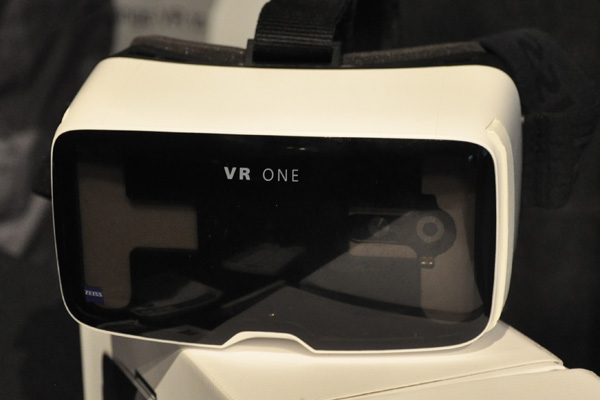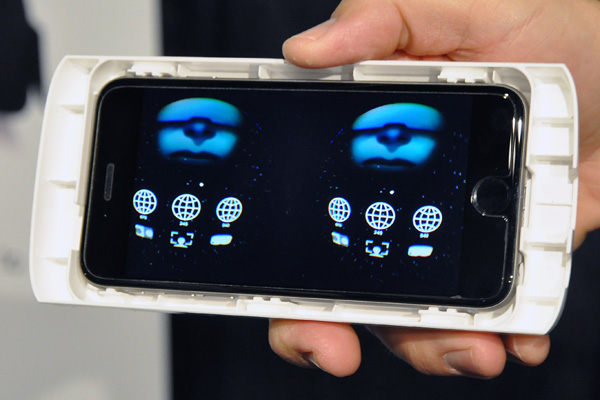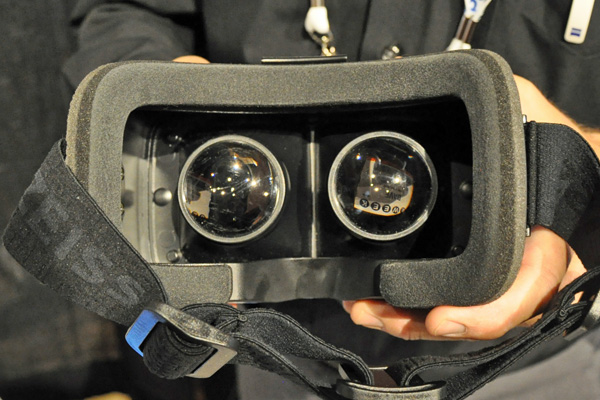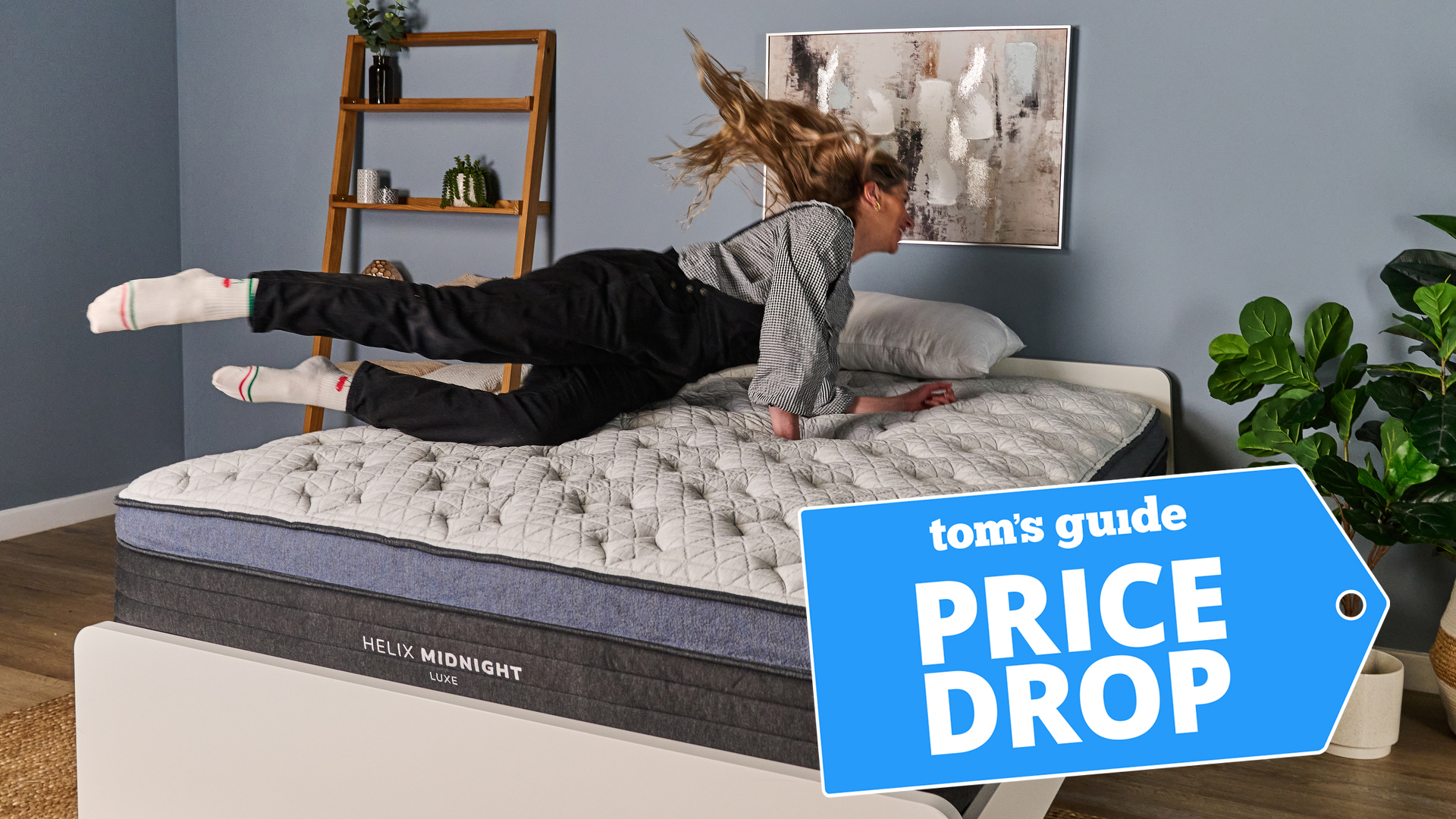$120 Goggles Turn Almost Any Phone into a VR Headset
The Zeiss VR One pairs legendary optics quality with multi-phone compatibility so both Android and iOS users can try VR out for themselves.

While VR headsets such as Oculus and Morpheus are scheduled for release later this year and into 2016, people who want to try virtual reality today don't have a lot of options. You can spring for an expensive developer kit that's cumbersome to use, try to piece together one of Google's slapdash Cardboard systems, or if you're an owner of a late-model Samsung phone, shell out $200 for a Gear VR. Zeiss, known for its pro-level photo lenses, looks to bridge that gap with its new VR One, an inexpensive headset that works with a slew of Android and Apple phones.
The best thing about the VR One, aside from its price, which at $120 is about $80 less than a Samsung Gear VR, is its multi-phone compatibility. Each GEAR VR is tailored to a specific Samsung model, but the Zeiss VR One can accommodate a wide range of phones, with screen sizes ranging 4.7 to 5.2-inches using 3D printed plastic trays, which cost just $10 each.

I had a chance to try out the Zeiss VR One at CE Week in New York City, and I can say that I was impressed by the balance it struck, delivering a happy medium between the dirt cheap, but flimsy Cardboard system by Google, and the pricier Samsung Gear VR.
MORE: Augmented Reality Glasses: What You Can Buy Now
My first demo powered by an iPhone 6 (the Plus is too big to fit in the VR One), had me blasting aliens by moving my head to adjust the targeting reticle in the center of my view. Movement felt good due to the iPhone’s accurate accelerometer, but its low 1334 x 750 resolution produced a screen door effect due to the lens' magnification increasing the size of the space between each pixel.
Then I pulled out my personal Samsung Galaxy S6 Edge and booted up the IM 360 app, which had me living the dream of running out of the tunnel before a San Francisco 49ers game, free to look around as the crowd and cheerleaders roared in support. This time, the S6 Edge’s 2560 x 1440 screen produced lovely high-res details that really showed off the VR One’s optics.

Finally, I tried a zombie shooting game on an LG G3 that had me dispatching hordes of the undead with a trusty shotgun. This showed off the best of the VR One’s lens pedigree, as the edges of the screen stayed sharp and distortion free, something other phone-based VR headsets have a hard time correcting.
Get instant access to breaking news, the hottest reviews, great deals and helpful tips.
The Zeiss VR One is important because it expands the number of phones capable of powering an immersive VR experience. It was a little troublesome to pop out the phone each time I needed to select a touch-based menu, but that’s a problem that plagues other VR headsets too. The VR One offers a good fit, both on your head and for your phone, making it an affordable way to see what the VR hype is all about, and it's available right now.
- HTC's Vive VR Headset Spoiled Real Life For Me
- Best Gear VR Games
- Cortex Headset Creates a Personal Holodeck
Sam Rutherford is a staff writer at Tom’s Guide. Follow him @SamRutherford on Twitter, and Tom’s Guide on Twitter, Facebook and Google+.
Sam is a Senior Writer at Engadget and previously worked at Gizmodo as a Senior Reporter. Before that, he worked at Tom's Guide and Laptop Mag as a Staff Writer and Senior Product Review Analyst, overseeing benchmarks and testing for countless product reviews. He was also an archery instructor and a penguin trainer too (really).
